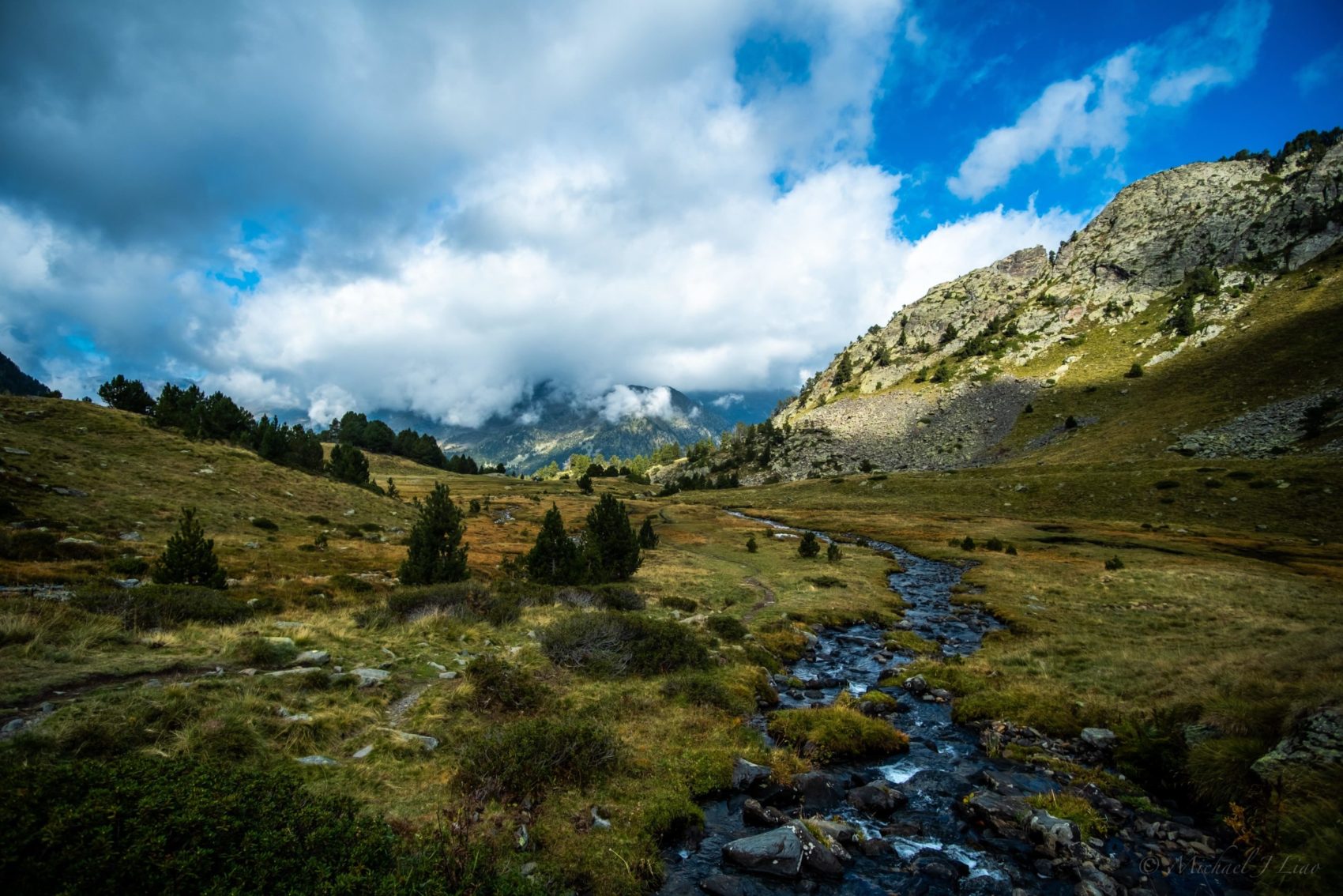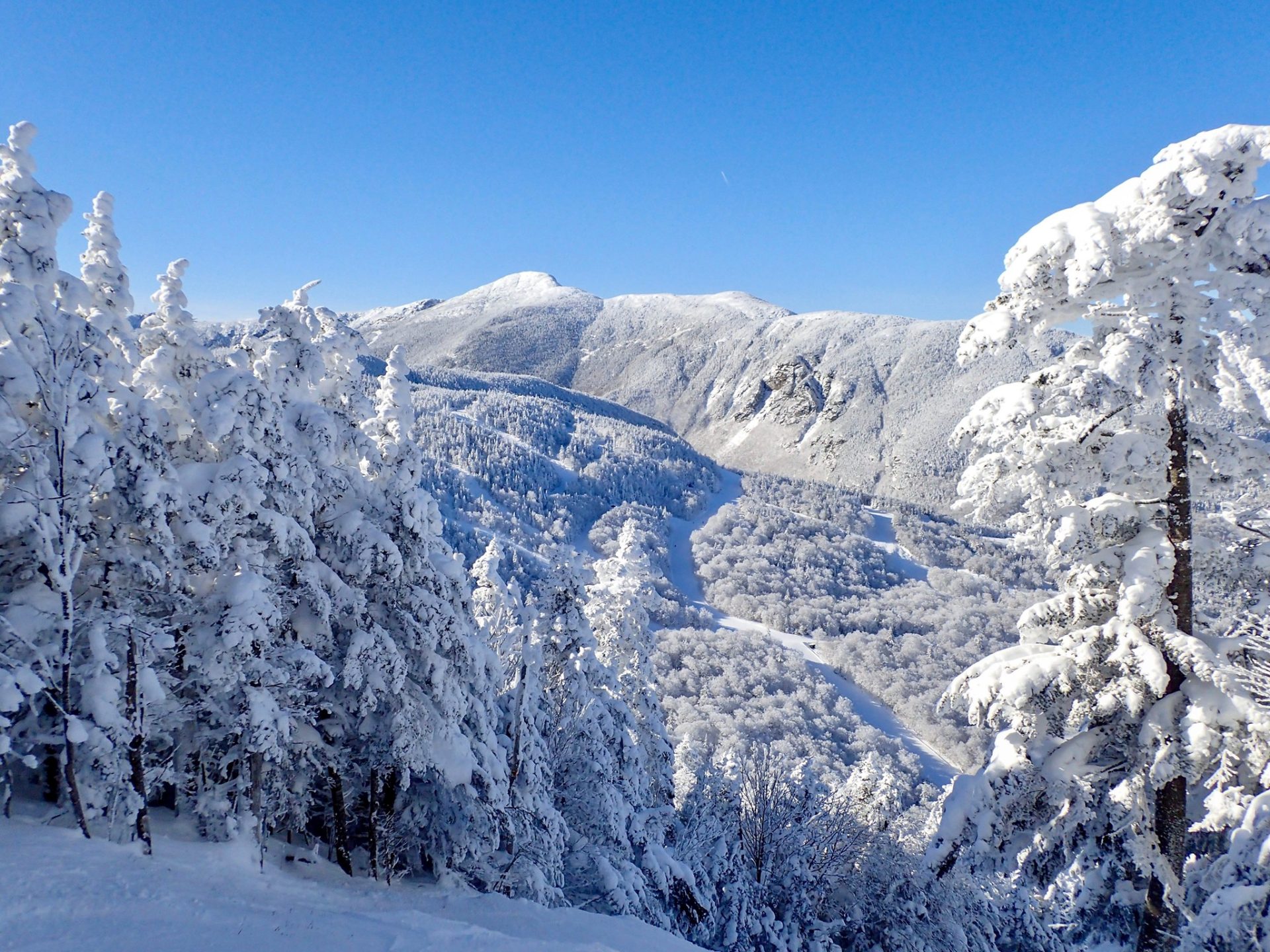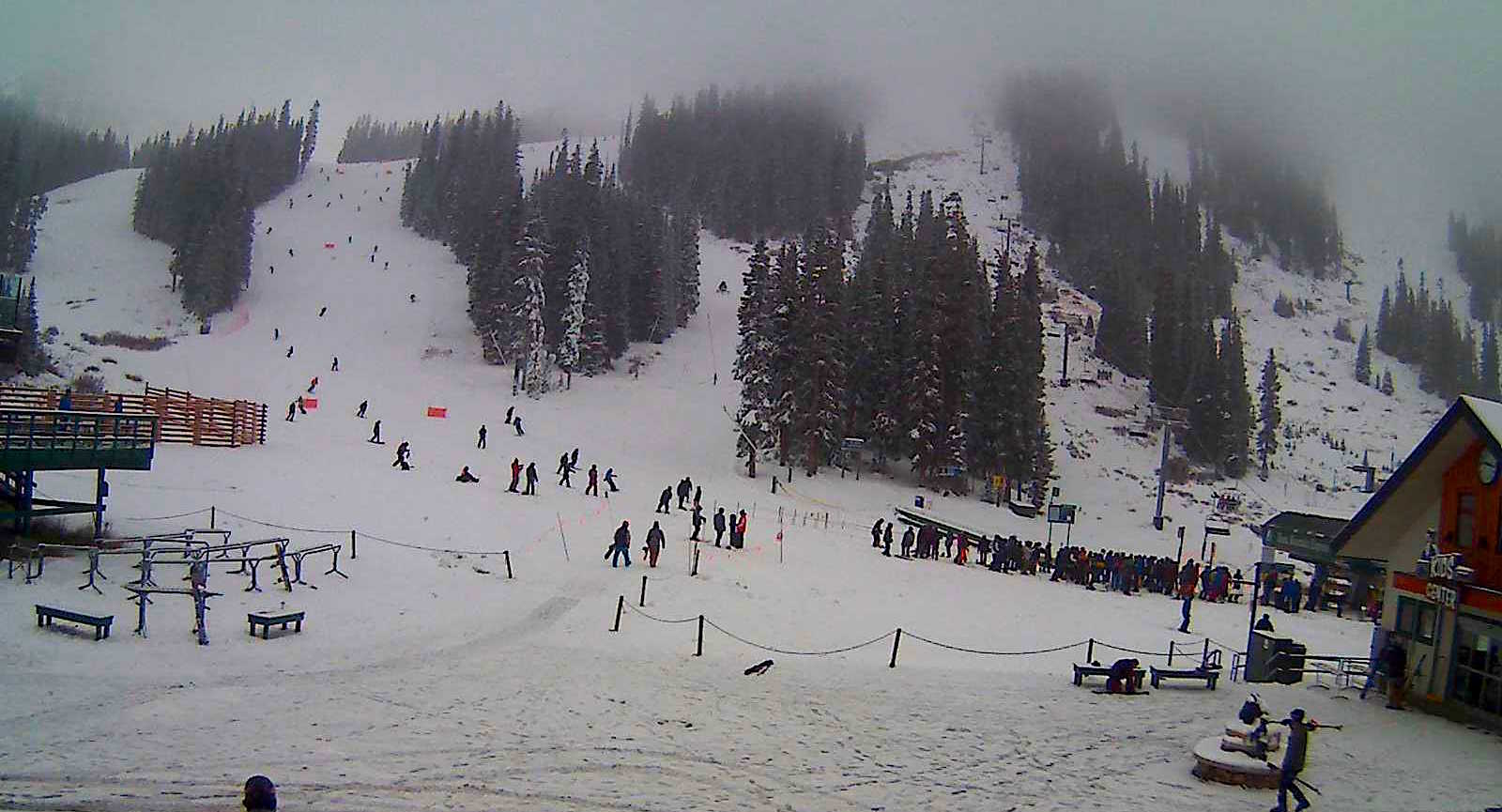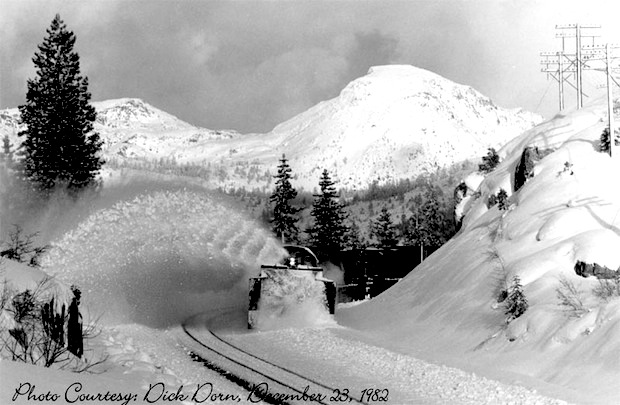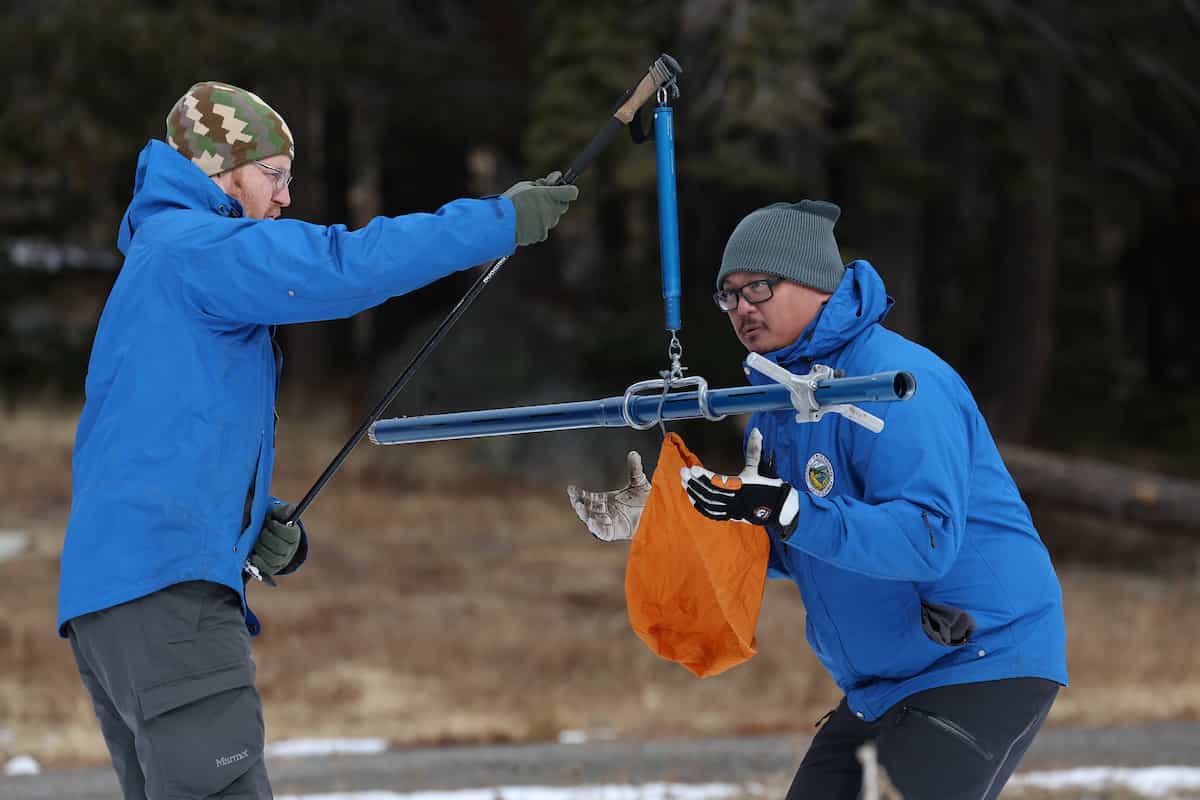
With Above Average Reservoir Levels, El Niño Conditions, and a Dry Start to the Water Year, California is Preparing for Flood or Dry Conditions in the Months Ahead
The Department of Water Resources (DWR) yesterday conducted the first snow survey of the season at Phillips Station. The manual survey recorded 7.5 inches of snow depth and a snow water equivalent of 3 inches, which is 30 percent of average for this location. The snow water equivalent measures the amount of water contained in the snowpack and is a key component of DWR’s water supply forecast. Statewide, the snowpack is 25 percent of average for this date.
After one of the largest snowpacks on record last season, the start of this water year has been dry despite some recent storms in the last weeks of December that provided a small boost in the snowpack. While state reservoirs are still above average for this time of year and strong El Niño conditions are present in the Pacific Ocean, the outlook for the rest of the winter remains highly uncertain.
“California saw firsthand last year how historic drought conditions can quickly give way to unprecedented, dangerous flooding. Although El Niño does not guarantee an above average water year, California is preparing for the possibility of more extreme storms while increasing our climate resilience for the next drought.”
– DWR Director Karla Nemeth
DWR’s electronic readings from 130 stations placed throughout the state indicate that the statewide snowpack’s snow water equivalent is 2.5 inches, or 25 percent of average for this date, compared to 185 percent on this date last year.
“While we are glad the recent storms brought a small boost to the snowpack, the dry fall and below average conditions today shows how fast water conditions can change. It’s still far too early to say what kind of water year we will have, and it will be important for Californians to pay attention to their forecasts and conserve water, rain or shine.”
– DWR’s Snow Surveys and Water Supply Forecasting Unit Manager Sean de Guzman
Last year, California experienced climate whiplash when the driest three-year period on record ended with extreme storm events in January and March that caused damage and flooding across the state. These extreme weather events highlight the need for all Californians to prepare for flood risk. DWR is working with tribal, federal, state, and local partners to provide flood resources and training to communities across the state.
The State-Federal Flood Operations Center (FOC) has pre-positioned flood fight materials at more locations across the state and is starting this winter with more supplies on hand, including 2.2 million more sandbags. This fall, DWR coordinated pre-flood season meetings with emergency response agencies across the state and organized 38 flood-fight trainings for city, county, state, and tribal agencies to prepare for possible local emergencies.
To prepare for flooding, all Californians should follow three basic steps:
- Be aware of your risk – know whether your home is downslope of a burn area or in a floodplain; pay attention to weather forecasts; listen to local authorities.
- Be prepared – always have an emergency evacuation kit ready; be prepared to evacuate early; have a plan for where you will go in an emergency.
- Take action – subscribe to your local emergency providers to get updated information. If local authorities issue an evacuation order, do not delay, follow local guidelines for evacuation, and never attempt to drive through a flooded roadway.
One year ago, the January survey at the Phillips location showed a water content of 177 percent of average and was followed by a series of damaging atmospheric river storms in January and March that caused flood impacts across the state and produced one of the largest snowpacks on record.
In addition to deploying resources, including over 1.9 million sandbags across the state last year, the FOC coordinated a joint state, federal, and local response to snowmelt-driven flooding concerns and prepared for the historic snowmelt by providing hydraulic and hydrologic modeling and snowmelt forecasts that allowed agencies to deploy resources, reinforce levees and protect communities.
On average, the Sierra snowpack supplies about 30 percent of California’s water needs. Its natural ability to store water is why the Sierra snowpack is often referred to as California’s “frozen reservoir.” Data from these snow surveys and forecasts produced by DWR’s Snow Surveys and Water Supply Forecasting Unit are important factors in determining how DWR manages the state’s water resources. Due to last year’s above-average conditions and historic snowpack, a total of 3.5 million acre-feet of water was captured in State Water Project (SWP) reservoirs. Lake Oroville, the SWP’s largest reservoir, is currently at 130 percent of average to date, and state water managers are prepared to capture and store as much water as possible.
DWR conducts five media-oriented snow surveys at Phillips Station each winter near the first of each month, January through April, and, if necessary, May. The next survey is tentatively scheduled for February 1.
For California’s current hydrological conditions, visit https://cww.water.ca.gov
For more information on finding your flood risk, visit https://myhazards.caloes.ca.gov/
For information on obtaining flood insurance, visit https://www.floodsmart.gov/
For information on how you can prepare your household for flood emergencies, visit https://www.ready.gov/kit

